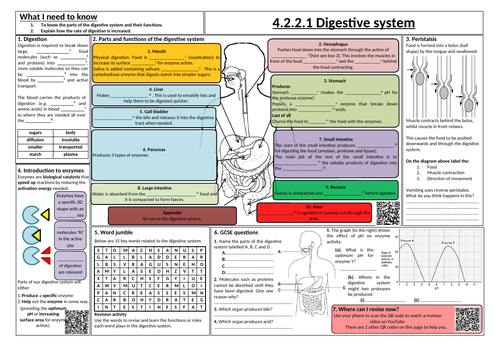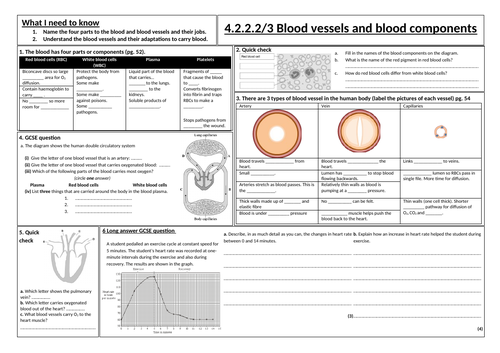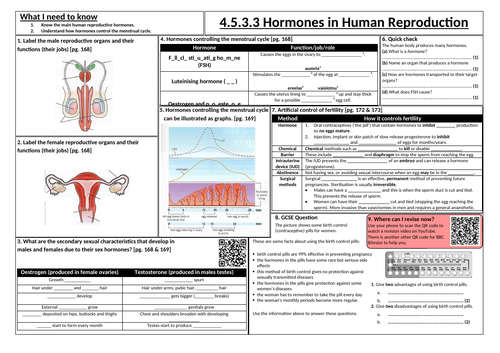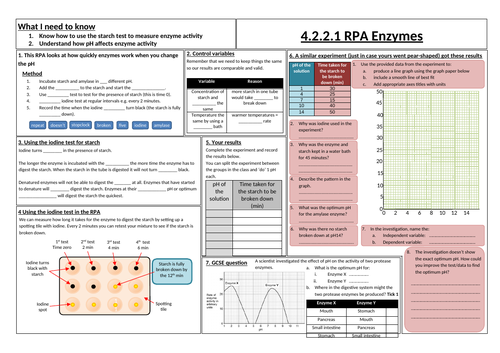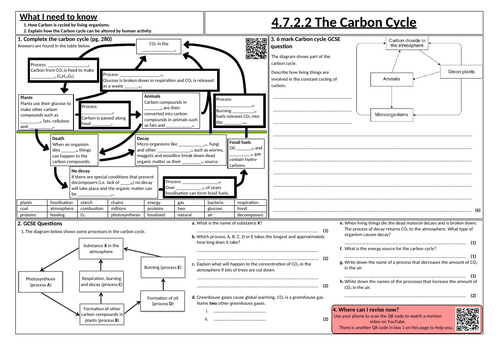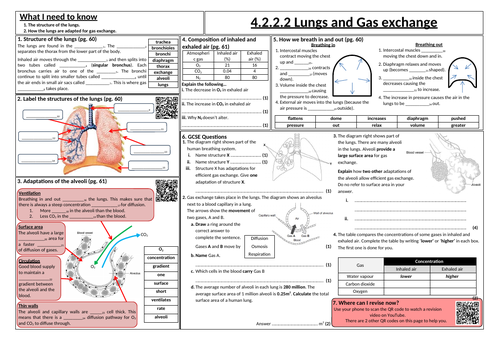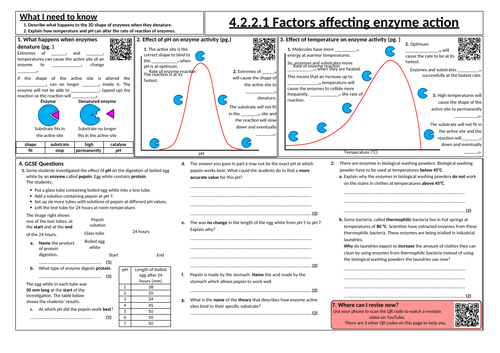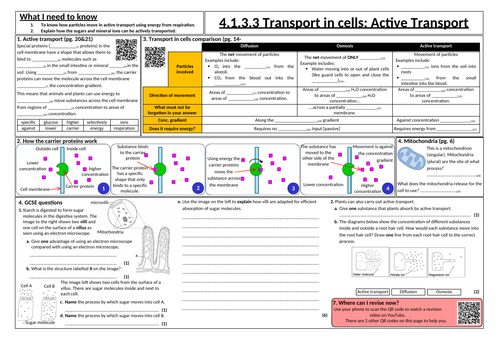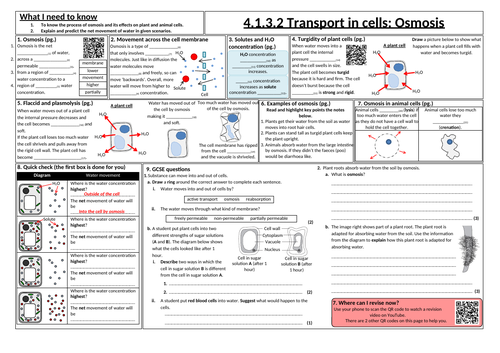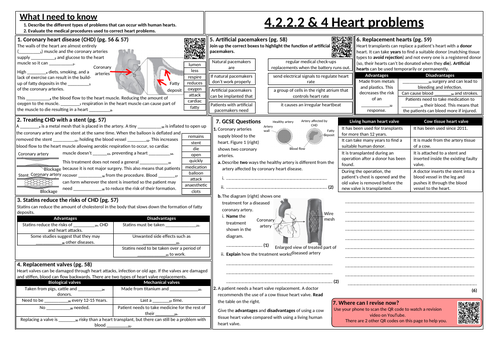
42Uploads
5k+Views
538Downloads
Biology

Photosynthesis
Photosynthesis PowerPoint that starts with a word jumble, covers appropriate notes and YouTube links.
Question sheets with mark schemes are also appropriate to the lesson.

Feeding relationships
Feeding relationships (interdependence) PowerPoint that links with the Feeding relationships Q&A and Foodweb activity. The PowerPoint includes appropriate notes and links to YouTube.

Transport in plants
Transport in plants PowerPoint that links with the transport in plants knowledge organiser and includes appropriate notes and YouTube links.
The transport in plants sheet includes an extension activity.

Factors that affect photosynthesis
Factors that affect photosynthesis PowerPoint that links with the graphs found in Factors that affect photosynthesis Word doc, mindmap starter/plenary activity (replace the image attached to the speech bubble with similar), suitable waterweed photosynthesis questions and mark schemes and YouTube hyperlink.

Light Microscopy
Knowledge organiser designed to be printed in A3 and can be used in conjunction with textbooks.
The scaffolded work starts with the structure of light microscopes, magnification calculations, the order of magnitude and ends with past paper GCSE questions.
Embedded QR codes to take the student to appropriate revision sites (YouTube and BBC Bitesize).

Cell Specialisation
Knowledge organiser designed to be printed in A3 and can be used in conjunction with textbooks.
The scaffolded work starts with differentiation and cell specialisation. The main 6 cell specialised cells (sperm, neurone, muscle, root hair cell, xylem and phloem) and ends with past paper GCSE questions.
Embedded QR codes to take the student to appropriate revision sites (YouTube and BBC Bitesize).

RPA Osmosis [movement of water in plant tissues]
Knowledge organiser designed to be printed in A3 and can be used in conjunction with textbooks.
The scaffolded work starts with RPA method, results gathering, conclusion and ends with past paper GCSE questions.

Human Digestive system
Knowledge organiser designed to be printed in A3 and can be used in conjunction with textbooks.
The scaffolded work starts introduction to digestion, the parts of the digestive system, peristalsis, introduction to enzymes and ends with past paper GCSE questions.
Embedded QR codes to take the student to appropriate revision sites (YouTube and BBC Bitesize).

Blood and Blood vessels
Knowledge organiser designed to be printed in A3 and can be used in conjunction with textbooks.
The scaffolded work starts with the four parts to the blood, 3 blood vessels and ends with past paper GCSE questions.

Hormones in human reproduction
Knowledge organiser designed to be printed in A3 and can be used in conjunction with textbooks.
The scaffolded work starts with labelling reproductive organs, secondary sexual characteristic, menstrual cycle hormones, contraception and ends with past paper GCSE questions.
Embedded QR codes to take the student to appropriate revision sites (YouTube and BBC Bitesize).

Cells types and organelle function
Knowledge organiser designed to be printed in A3 and can be used in conjunction with textbooks.
The scaffolded work starts with cell types (animal, plant then bacteria), cell structure functions and ends with past paper GCSE questions.

Enzyme RPA
Knowledge organiser designed to be printed in A3 and can be used in conjunction with textbooks.
The scaffolded work starts with RPA method, variables, iodine test for starch, gathering results ends with past paper GCSE questions.

Developing and testing new drugs
Knowledge organiser designed to be printed in A3, however smaller scales (A4) can be used. The resource is constructed to be used for class work, independent/group learning through the sign-pointed references to textbooks, revision guides and web sites. The page numbers stated in each box can be easily adjusted to other reading/research materials.
The scaffolded work starts with painkillers and antibiotics, where we get drugs from, preclinical and clinical trials, the use of a placebo in double blind trials and ends with past paper GCSE questions.
Embedded QR codes take the student to appropriate revision sites (YouTube and BBC Bitesize).
Mark scheme is included for all answers.

Cancer
Knowledge organiser designed to be printed in A3, however smaller scales (A4) can be used. The resource is constructed to be used for class work, independent/group learning through the sign-pointed references to textbooks, revision guides and web sites. The page numbers stated in each box can be easily adjusted to other reading/research materials.
The scaffolded work starts with communicable and non-communicable diseases, benign and malignant tumours, risk factors for the development of cancer and ends with past paper GCSE questions.
Embedded QR codes take the student to appropriate revision sites (YouTube and BBC Bitesize).
Mark scheme is included for all answers.

The Carbon Cycle
Knowledge organiser designed to be printed in A3, however smaller scales (A4) can be used. The resource is constructed to be used for class work, independent/group learning through the sign-pointed references to textbooks, revision guides and web sites. The page numbers stated in each box can be easily adjusted to other reading/research materials.
The scaffolded work starts with the processes and the carbon compounds involved in the carbon cycle and ends with past paper GCSE questions.
Embedded QR codes take the student to appropriate revision sites (YouTube and BBC Bitesize).
Mark scheme is included for all answers.

Lungs and gas exchange
Knowledge organiser designed to be printed in A3, however smaller scales (A4) can be used. The resource is constructed to be used for class work, independent/group learning through the sign-pointed references to textbooks, revision guides and web sites. The page numbers stated in each box can be easily adjusted to other reading/research materials.
The scaffolded work starts with role of the lungs, lung structure, adaptations of the alveoli, composition of inhaled and exhaled air, ventilation/breathing mechanics and ends with past paper GCSE questions.
Embedded QR codes take the student to appropriate revision sites (YouTube and BBC Bitesize).
Mark scheme is included for all answers.

Effect of pH and temperature on enzymes
Knowledge organiser designed to be printed in A3, however smaller scales (A4) can be used. The resource is constructed to be used for class work, independent/group learning through the sign-pointed references to textbooks, revision guides and web sites. The page numbers stated in each box can be easily adjusted to other reading/research materials.
The scaffolded work starts with appropriate notes on enzyme shape, denaturing enzymes, rates of reaction due to pH and temperature (with appropriate annotations) and ends with GCSE questions.
Embedded QR codes take the student to appropriate revision sites (YouTube and BBC Bitesize).
Mark scheme is included for all answers.

Transport in cells: Active transport
Knowledge organiser designed to be printed in A3, however smaller scales (A4) can be used. The resource is constructed to be used for class work, independent/group learning through the sign-pointed references to textbooks, revision guides and web sites. The page numbers stated in each box can be easily adjusted to other reading/research materials.
The scaffolded work starts with appropriate notes on active transport, how carrier proteins work,
comparison of diffusion, osmosis and active transport and ends with GCSE questions.
Embedded QR codes take the student to appropriate revision sites (YouTube and BBC Bitesize).
Mark scheme is included for all answers.

Transport in cells: Osmosis
Knowledge organiser designed to be printed in A3, however smaller scales (A4) can be used. The resource is constructed to be used for class work, independent/group learning through the sign-pointed references to textbooks, revision guides and web sites. The page numbers stated in each box can be easily adjusted to other reading/research materials.
The scaffolded work starts with appropriate notes on osmosis definition, permeable membranes, effect of solute concentration on water concentration, turgity of plant cells, flaccid and plasmolysis, examples of osmosis, osmosis in animal cells, prediction of osmosis in plant cell diagrams and ends with GCSE questions.
Embedded QR codes take the student to appropriate revision sites (YouTube and BBC Bitesize).
Mark scheme is included for all answers.

Heart problems
Knowledge organiser designed to be printed in A3, however smaller scales (A4) can be used. The resource is constructed to be used for class work, independent/group learning through the sign-pointed references to textbooks, revision guides and web sites. The page numbers stated in each box can be easily adjusted to other reading/research materials.
The scaffolded work starts with coronary heart disease (CHD), treating CHD (stents and statins), replacement valves, artificial pacemakers, replacement hearts and ends with past paper GCSE questions.
Embedded QR codes take the student to appropriate revision sites (YouTube and BBC Bitesize).
Mark scheme is included for all answers.

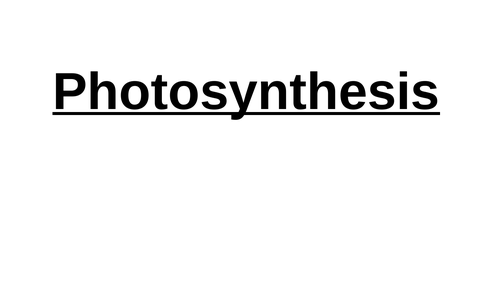

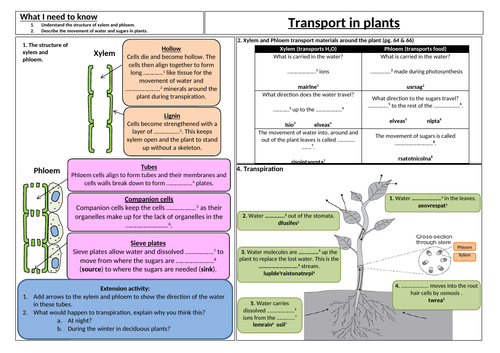
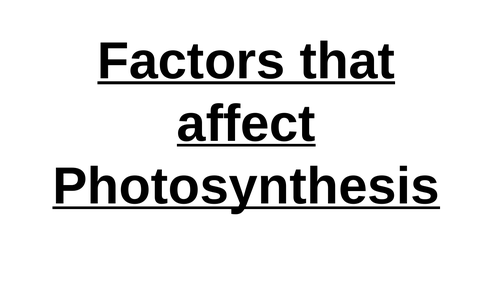


![RPA Osmosis [movement of water in plant tissues]](https://dryuc24b85zbr.cloudfront.net/tes/resources/12621374/image?width=500&height=500&version=1641984869963)
